- Home Page
- Company Profile
-
Our Products
- Reverse Osmosis Plant
- Jar Washing and Filling Machines
- Mineral Water Plant
- Bottle Filling Machine
- Soda Soft Drink Plant
- Water Softening Plant
- Demineralization Plants
- EDI / Electrodeionization Process Plant
- Ultra Filtration System
- Pet Blow Moulding Machine
- BOPP Labelling Machine
- Bulk Shrink Machine
- Effluent Water Treatment Plant
- UV / Ultraviolet Disinfection System
- Swimming Pool Filtration Plant
- Pressure Booster System
- ISI/BIS Laboratory
- Sewage Treatment Plant
- Batch Coding Machine
- Glass Filling Machine
- Mixed Bed System
- Water Chiller
- Mixed Bed Deionizer
- Soda Filling Machine For Pet Bottle
- Mineral Water Filling Machines
- Bulk Shrink Wrapping Machine
- Swimming Pool Sand Filtration System
- UV Disinfection System
- More Info
- Contact Us
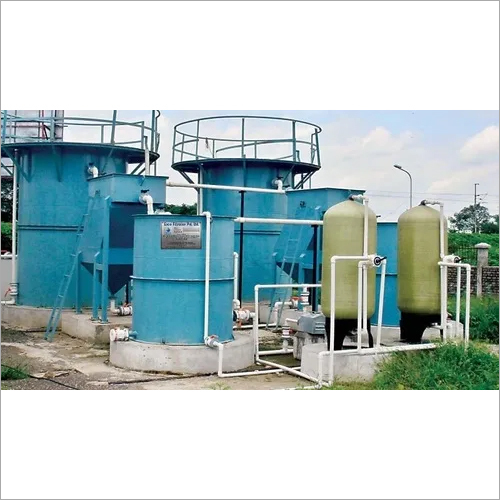

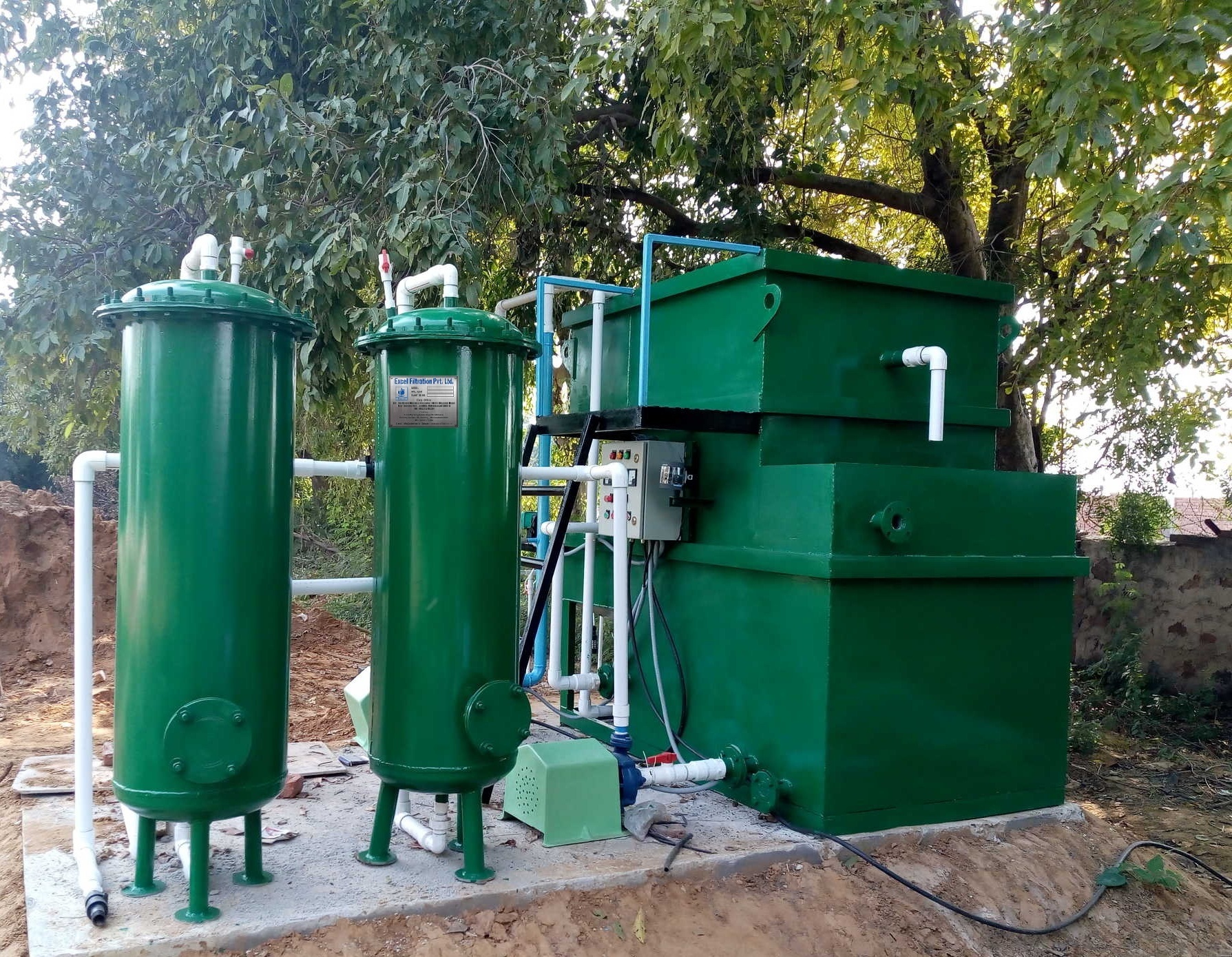
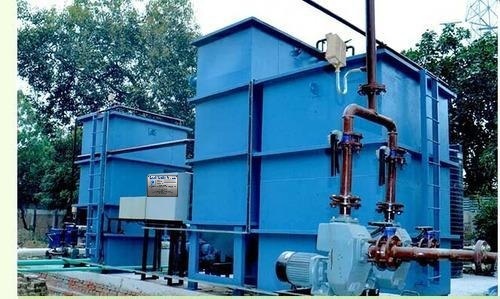
Sewage Treatment Plant
780000 INR/Unit
Product Details:
- Capacity 2 KLD minimum capacity
- Application TOILET FLUSHING, IRRIGATION, AGRICULTURE PURPOSE
- Product Type Sewage Treatment Plants
- Technology SBR, MBBR, MBR
- Power Source 3 PHASE
- Operation Type Automatic
- Pressure 2- 3.5 kgf/cm2
- Click to view more
X
Sewage Treatment Plant Price And Quantity
- 780000 INR/Unit
- 1 Unit
Sewage Treatment Plant Product Specifications
- SBR, MBBR, MBR
- 1
- Sewage Treatment Plants
- 3 PHASE
- Automatic
- TOILET FLUSHING, IRRIGATION, AGRICULTURE PURPOSE
- BLUE
- 2- 3.5 kgf/cm2
- 2 KLD minimum capacity
Sewage Treatment Plant Trade Information
- 1 Unit Per Day
- 1 Months
Product Description
What is Sewage ?
Domestic waste and industrial waste combined makes sewage. This sewage contains 99% water and 1% includes some suspended solids, ions, dangerous bacteria and toxic chemicals. This remainder content in the sewage is needed to be removed before releasing it into the sea. The organic impurities in the sewage contain harmful gases and also cause bad smell. It is important to properly treat the sewage to avoid irreversible problems for humans and other living things.
Why Sewage treatment is necessary?
The recycled sewage can be used for washing cars, gardening, toilet flushing and cooling towers. Considering the negative effects of untreated sewage on human health, the government of our country is focused on waste management through centralized sewage treatment plant and has made it compulsory for large upcoming real estate projects to have their own treatment facility. Sewage treatment ensures that the effluent discharged into the receiving water does not pollute it. This treatment process is focused on generating a fluid waste stream that is environmentally safe and solid waste that is ideal for reuse or disposal. Our company, Excel Filtration Pvt. Ltd (EFPL) looks wastewater as an opportunity, not a burden.
Sewage treatment involves:
Sewage treatment removes contaminants from domestic sewage and industrial wastewater. Biological, chemical and physical contaminants are removed by biological, chemical and physical process. Sewage treatment results in the production of a disposable effluent without causing any harm to the environment and avoid pollution.
Sources of waste water:
Pretreatment:
Large solids of more than 2cm diameter as well as heavy solids are screened and disposed of in landfills.
Primary Treatment:
All material which can be easily collected from the raw sewage are collected in the primary treatment, for instance leaves, branches, trash, etc. The settled and floating material are removed and the resulting liquid is subjected to secondary treatment.
Secondary or Biological Treatment:
All dissolved and suspended biological material are removed in the secondary treatment. Water-borne micro-organisms in a managed habitat perform this treatment. It is important to remove microorganisms from the treated water via separation process before further treatment.
Tertiary Treatment:
This is a final treatment stage in which effluent quality is improved before discharging it to the receiving water. This treatment process is also known as effluent polishing.
Technologies
The latest technology developments are adopted to realize our vision and provide latest wastewater treatment process. Several technologies are mentioned below:
ASP is a suspended growth aerobic process in which organic material in wastewater is aerated so that soluble and suspended organic material is metabolized by the micro-organisms. Some part of organic material is synthesized and create new cells. While some part of organic material is oxidized into carbon dioxide and water to generate energy. The formed new cells are removed in the settling tank. Some part of settled biomass is moved to the aeration tank again and some of it is removed as excess sludge.
Integrated Fixed Film Activated Sludge (IFAS)/ Moving Bed Bio-Reactor (MBBR)
This technology is based on the attached growth system principle and makes use of rotating bio media for retaining an active biomass in order to minimize the influent BOD Levels. Its configuration is a combination of biofilm and activated sludge systems that retrofits existing plant to remove biological (TN) and total phosphorus (TP). It increases capacity of plant and improves quality of effluent. At a short hydraulic retention time (HRT), it provides removal of BOD. Fine Bubble diffusers are utilized with the MBBR media in suspension in order to give a fine air dispersal and low level of blockage due to biological film growth.
Advantages
Compared to conventional activated sludge process, the SBR processes save more than 60% operating cost and achieve high quality effluent in a short cycle. SBR process operates under non-steady state conditions. This is a fill and draw type activated sludge process in which reactors are filled in five discrete periods, which are Fill, React, Settle, Decant and Idle/ Waste Sludge.
Advantages
The MBR technology is a combination of biological activated sludge process and physical separation treatment that utilizes membranes that are submerged in the tank. In recent years, this technology is widely accepted and become popular treatment of different types of waste waters. This technology has reduced required for space and improvised overall operational effectiveness. Non-woven fibrous material is used in the making of membrane. Its properties include controllable pore sizes and convenient membrane module fabrication to achieve required surface area. Combined treatment comprises several treatment stages in package units known as membrane bioreactors (MBRs).
Advantages
Up flow Anaerobic Sludge Blanket Reactor(UASB)
The anaerobic treatment in this process is carried out in the absence of oxygen/air which results in conversion of organic matters into CH4 and end products such as CO2 and NH3. The granulated bacterial used by this system are contacted to organic components in the wastewater. Organic components decomposition leads to production of methane gas. This process is ideal for high strength wastewater and also used for domestic sewage specially in warm climate. The process is carried out into two zones, Reactor zone and Settling zone.
Advantages
Our extended product range comprises the following:
Domestic waste and industrial waste combined makes sewage. This sewage contains 99% water and 1% includes some suspended solids, ions, dangerous bacteria and toxic chemicals. This remainder content in the sewage is needed to be removed before releasing it into the sea. The organic impurities in the sewage contain harmful gases and also cause bad smell. It is important to properly treat the sewage to avoid irreversible problems for humans and other living things.
Why Sewage treatment is necessary?
The recycled sewage can be used for washing cars, gardening, toilet flushing and cooling towers. Considering the negative effects of untreated sewage on human health, the government of our country is focused on waste management through centralized sewage treatment plant and has made it compulsory for large upcoming real estate projects to have their own treatment facility. Sewage treatment ensures that the effluent discharged into the receiving water does not pollute it. This treatment process is focused on generating a fluid waste stream that is environmentally safe and solid waste that is ideal for reuse or disposal. Our company, Excel Filtration Pvt. Ltd (EFPL) looks wastewater as an opportunity, not a burden.
Sewage treatment involves:
Sewage treatment removes contaminants from domestic sewage and industrial wastewater. Biological, chemical and physical contaminants are removed by biological, chemical and physical process. Sewage treatment results in the production of a disposable effluent without causing any harm to the environment and avoid pollution.
Sources of waste water:
- Domestic sources
- Highway drainage
- Human waste
- Washing water
- Rainfall collected on roofs, yards, hard-standings
Pretreatment:
Large solids of more than 2cm diameter as well as heavy solids are screened and disposed of in landfills.
Primary Treatment:
All material which can be easily collected from the raw sewage are collected in the primary treatment, for instance leaves, branches, trash, etc. The settled and floating material are removed and the resulting liquid is subjected to secondary treatment.
Secondary or Biological Treatment:
All dissolved and suspended biological material are removed in the secondary treatment. Water-borne micro-organisms in a managed habitat perform this treatment. It is important to remove microorganisms from the treated water via separation process before further treatment.
Tertiary Treatment:
This is a final treatment stage in which effluent quality is improved before discharging it to the receiving water. This treatment process is also known as effluent polishing.
Technologies
The latest technology developments are adopted to realize our vision and provide latest wastewater treatment process. Several technologies are mentioned below:
- Aerobic Biological Treatment
- Activated Sludge Process (ASP)
- Integrated Fixed Film Activated Sludge (IFAS)/ Moving Bed Bio-Reactor (MBBR)
- Sequential Batch Reactor (SBR)
- Membrane Bio-Reactor (MBR)
- Anaerobic Biological Treatment
- Up flow Anaerobic Sludge Blanket (UASB)
ASP is a suspended growth aerobic process in which organic material in wastewater is aerated so that soluble and suspended organic material is metabolized by the micro-organisms. Some part of organic material is synthesized and create new cells. While some part of organic material is oxidized into carbon dioxide and water to generate energy. The formed new cells are removed in the settling tank. Some part of settled biomass is moved to the aeration tank again and some of it is removed as excess sludge.
Integrated Fixed Film Activated Sludge (IFAS)/ Moving Bed Bio-Reactor (MBBR)
This technology is based on the attached growth system principle and makes use of rotating bio media for retaining an active biomass in order to minimize the influent BOD Levels. Its configuration is a combination of biofilm and activated sludge systems that retrofits existing plant to remove biological (TN) and total phosphorus (TP). It increases capacity of plant and improves quality of effluent. At a short hydraulic retention time (HRT), it provides removal of BOD. Fine Bubble diffusers are utilized with the MBBR media in suspension in order to give a fine air dispersal and low level of blockage due to biological film growth.
Advantages
- Eliminates plugging.
- Compared to conventional alternatives, its design and implementation efficiencies ensure lower capital and operation costs.
- Convenient media addition enables convenient plant expansion to accommodate population growth or other needs for capacity.
Compared to conventional activated sludge process, the SBR processes save more than 60% operating cost and achieve high quality effluent in a short cycle. SBR process operates under non-steady state conditions. This is a fill and draw type activated sludge process in which reactors are filled in five discrete periods, which are Fill, React, Settle, Decant and Idle/ Waste Sludge.
Advantages
- This process has better resistance to sludge bulking in comparison to other types of activated sludge systems.
- No external clarifiers are required.
- Possibility of retrofitting existing ponds, tanks, basins.
- It can meet effluent limitations (organic and nutrient) in better way in comparison to other types of activated sludge wastes/ Wastewater treatment systems.
The MBR technology is a combination of biological activated sludge process and physical separation treatment that utilizes membranes that are submerged in the tank. In recent years, this technology is widely accepted and become popular treatment of different types of waste waters. This technology has reduced required for space and improvised overall operational effectiveness. Non-woven fibrous material is used in the making of membrane. Its properties include controllable pore sizes and convenient membrane module fabrication to achieve required surface area. Combined treatment comprises several treatment stages in package units known as membrane bioreactors (MBRs).
Advantages
- High quality effluent
- High loading rate capacity
- Easy operable
- Completely automatic
- Enables plant expansion in the same footprint
Up flow Anaerobic Sludge Blanket Reactor(UASB)
The anaerobic treatment in this process is carried out in the absence of oxygen/air which results in conversion of organic matters into CH4 and end products such as CO2 and NH3. The granulated bacterial used by this system are contacted to organic components in the wastewater. Organic components decomposition leads to production of methane gas. This process is ideal for high strength wastewater and also used for domestic sewage specially in warm climate. The process is carried out into two zones, Reactor zone and Settling zone.
Advantages
- High organics reduction
- Low sludge production
- Biogas generated can be used for energy
Our extended product range comprises the following:
- Aerobic Treatment Plants
- Underground Sewage Treatment Plant
- Modular STP
- Container Type Mobile Sewage Treatment Plant
- Package STP
- Prefabricated STP
- Reduce yield of Sludge
- Reduce issues related to sludge ability
- High removal efficiency for COD, BOD and Nitrogen
- Fewer process to get comparable quality of effluent
- Small foot prints, reduce use of land
- Proven technology with reliable performance
- Minimum maintenance needed
- Treated water can be reused for irrigation and grey water applications
- Increased storage capacity
- Housing projects
- Industrial Office &Parks
- Hospitals
- Stadiums/ commercial complexes
- Bus Terminals / Railway stations / Airport / Harbors
- Residential bungalows and societies
- Small Communities
- Recreational camps & travels trailer parks
- Shopping Centers
- Restaurants
- Mining and Extractive Industries
- Resorts, Golf Courses and country clubs
Product details
| Water Source Type | Industrial Wastewater |
| Usage/Application | Industrial, Agriculture, Electronic |
| Control Module | Control Module Available |
| Capacity | 1000 Litres Per Hour |
| Treatment Technique | Mixed Bed Bio Reactor |
| Brand | Excel Filtration |
| Water Source | SEWAGE |
| Automation Grade | Semi-Automatic |
Tell us about your requirement

Price:
Quantity
Select Unit
- 50
- 100
- 200
- 250
- 500
- 1000+
Additional detail
Mobile number
Email

 English
English Spanish
Spanish French
French German
German Italian
Italian Chinese (Simplified)
Chinese (Simplified) Japanese
Japanese Korean
Korean Arabic
Arabic Portuguese
Portuguese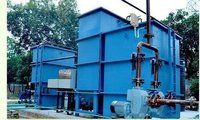



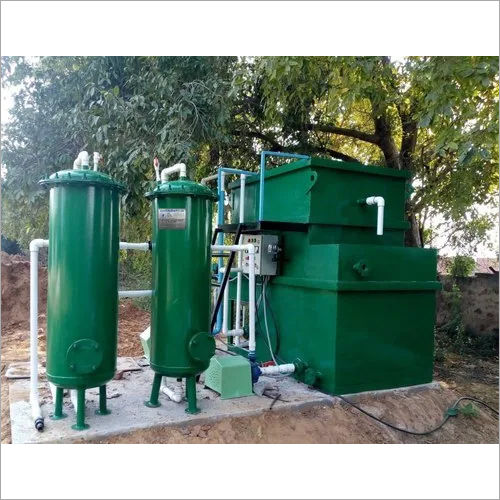
 Call Me Free
Call Me Free
